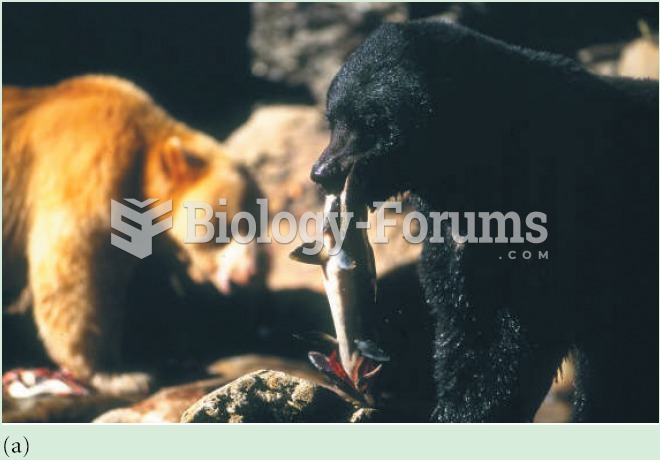|
|
|
There are 20 feet of blood vessels in each square inch of human skin.
The calories found in one piece of cherry cheesecake could light a 60-watt light bulb for 1.5 hours.
An identified risk factor for osteoporosis is the intake of excessive amounts of vitamin A. Dietary intake of approximately double the recommended daily amount of vitamin A, by women, has been shown to reduce bone mineral density and increase the chances for hip fractures compared with women who consumed the recommended daily amount (or less) of vitamin A.
Between 1999 and 2012, American adults with high total cholesterol decreased from 18.3% to 12.9%
To prove that stomach ulcers were caused by bacteria and not by stress, a researcher consumed an entire laboratory beaker full of bacterial culture. After this, he did indeed develop stomach ulcers, and won the Nobel Prize for his discovery.







